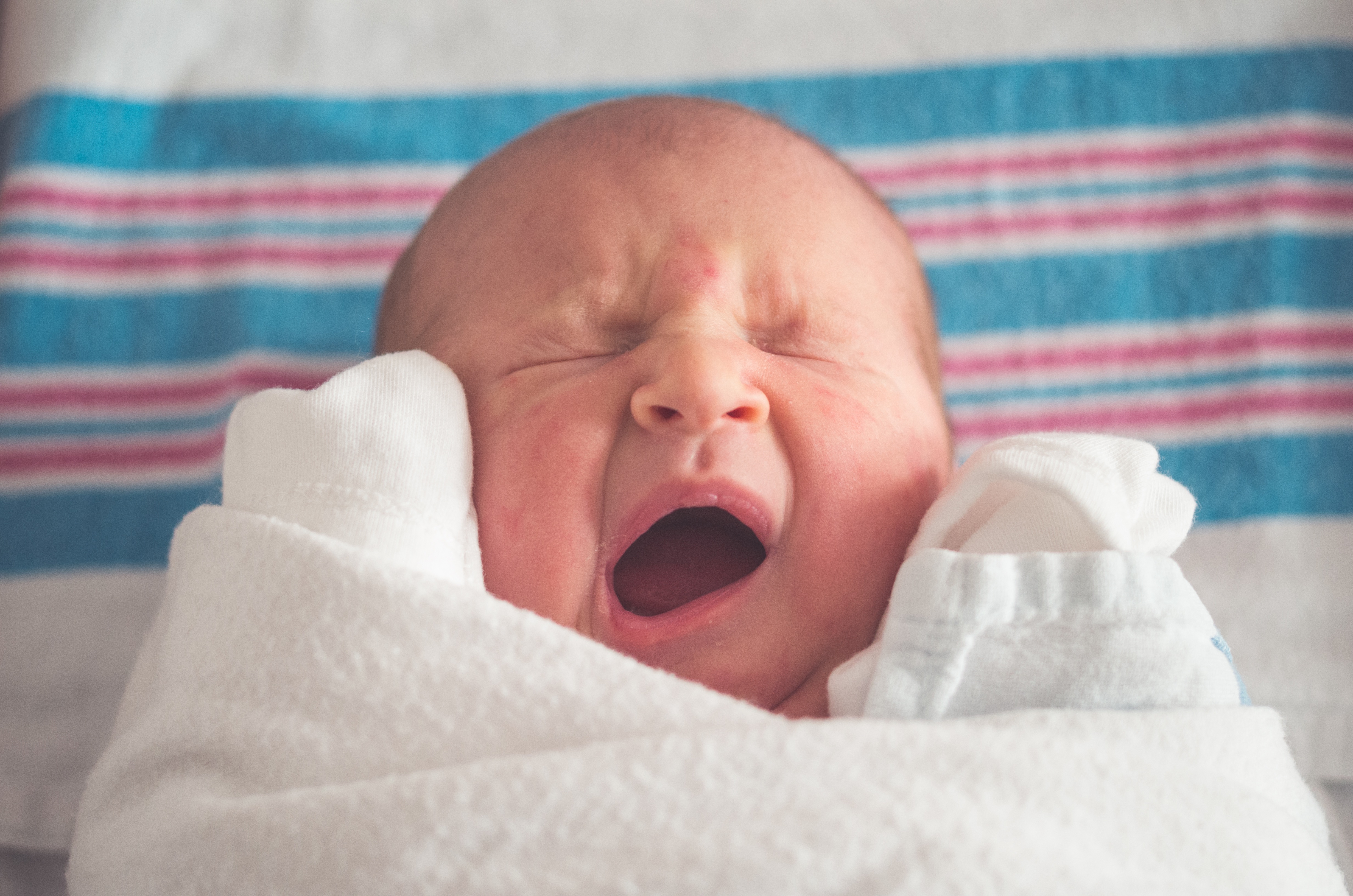-

-
At 21 years old, Millie Lopus was pregnant and scared. A rising college senior at Loyola University Maryland, she was being pressured into having an abortion by her ex-boyfriend, the father of the child.
But after he drove Millie to a nearby Planned Parenthood to set up an abortion appointment, she recalled having “a sliver of grace,” and she “did not set up an appointment that day.”
“I chose instead to go through with the pregnancy,” she recalled, and gave the baby up for adoption. “I am eternally grateful that I have been spared the abortion experience,” Lopus said at a May 15 panel on “Adopting Life.”
The Catholic Information Center in Washington, D.C. hosted a three-part panel series on adoption on May 8, May 15, and May 22. The goal was to discuss how the pro-life movement can create a “radical culture of hospitality” for those facing a crisis pregnancy, and for their children.
Lopus’ story reflects countless other narratives of young mothers who are pressured against giving their baby up for adoption.
Today, mothers choose abortion at a far greater rate than adoption. In 2014, there were almost 1 million abortions, according to the Guttmacher Institute, but there were only 18,329 infant domestic adoptions, according to numbers provided by the National Council for Adoptions.
“Adoption as a real solution is often overlooked,” said Elizabeth Kirk, a writer and researcher who spoke on one of the CIC panels.
There are several reasons for this, she explained. Women have said in studies that “adoption is not a realistic option for them” and that they would suffer more guilt in leaving their child to an unknown future than in terminating the pregnancy.
They may also be facing pressure from loved ones or advisors against adoption. There are reported instances of Planned Parenthood workers “advising women that adoption is more traumatic than abortion,” Kirk said. Even crisis pregnancy centers may be reticent to bring up adoption to a mother because they fear that broaching the topic may “drive her to abort her child.”
Yet if a women is truly incapable of raising her child, and adoption isn’t in the picture, then abortion may seem like “the only real choice,” she said.
As for Millie Lopus? After she decided to carry the baby to term, she returned to school for the fall semester of her senior year. She played the entire tennis season, where she finished first in the conference in the doubles tournament. She left Loyola in the spring to have her baby daughter, and gave her up for adoption to a Catholic family.
Her daughter is now 24 years old, an actor and singer, and Lopus has three other children of her own. She now directs the New Women’s Care Center in Baltimore, a Catholic pro-life crisis pregnancy resource center offering free pregnancy tests, sonograms, and resources for pregnant mothers. For post-abortive women, they also refer for retreats through Project Rachel.
Negative stories from the foster care system may be responsible for much of the stigma against adoption, even though mothers have the choice of offering a child for adoption privately or through a small center. There are almost 112,000 children waiting to be adopted in the foster care system, the average wait time being 31.8 months. Around 55 percent of the children have been placed with families three or more times, Kirk noted.
Studies show detrimental effects on children the longer they stay in the system, deficits in education, relationships, and an uptick in future criminal activity. As a result, pregnant women “think their children are better off dead than placed with an adoptive family,” Kirk said.
More married couples, upon finding that they are unable to have children, are turning to fertility treatments or in-vitro fertilization, but there are thousands of babies available for adoption, aching for a home, said Dr Grazie Christie, a radiologist and a policy advisor for The Catholic Association.
Ultimately, Christians and pro-lifers should be doing much more to promote adoption even if they themselves can’t adopt children, panel experts insisted.
“We have to very much, very specifically, very purposefully build a culture of adoption,” Dr Christie said. “It has to be seen as yet another way that God matches children with their parents.”
Source: Catholic News Agency





